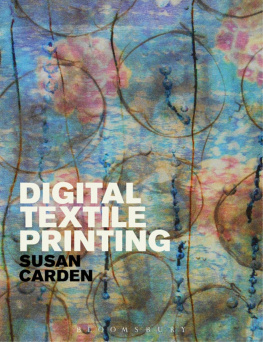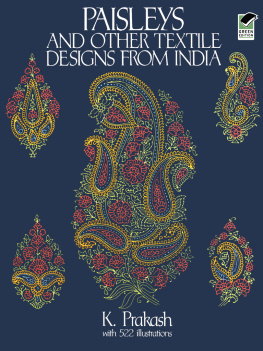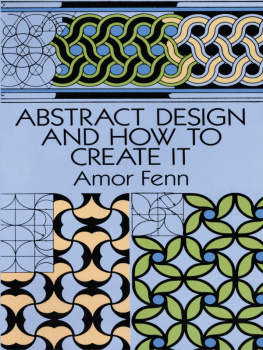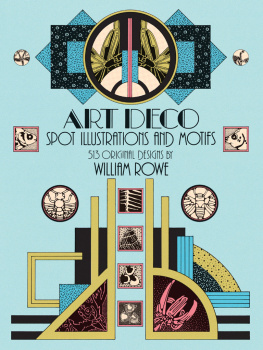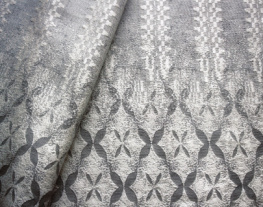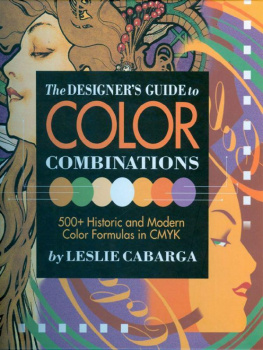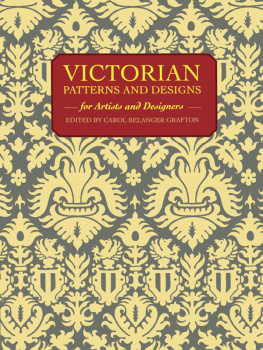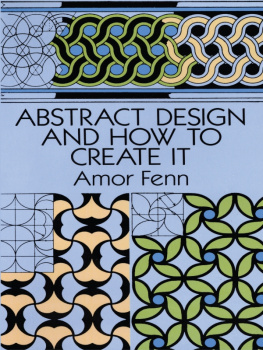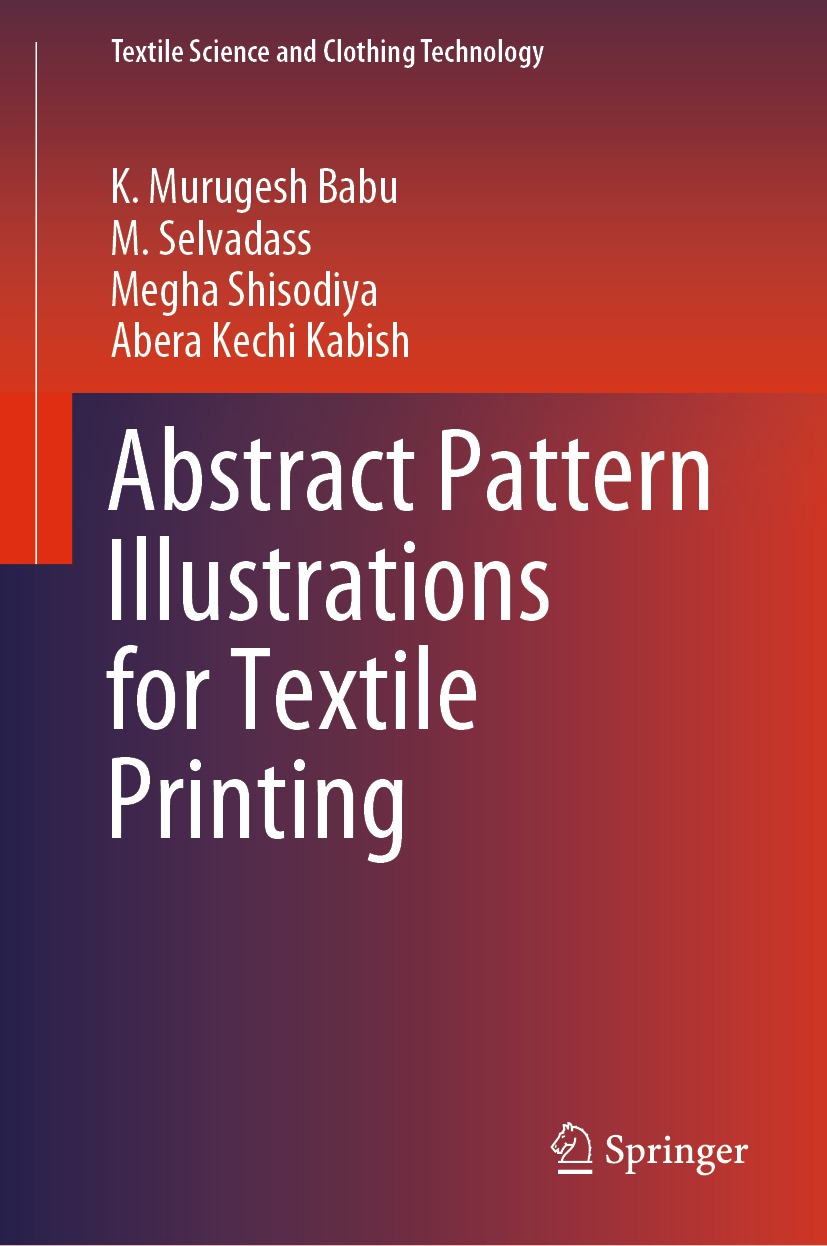Textile Science and Clothing Technology
Series Editor
Subramanian Senthilkannan Muthu
SgT Group & API, Hong Kong, Kowloon, Hong Kong
This series aims to broadly cover all the aspects related to textiles science and technology and clothing science and technology. Below are the areas fall under the aims and scope of this series, but not limited to: Production and properties of various natural and synthetic fibres; Production and properties of different yarns, fabrics and apparels; Manufacturing aspects of textiles and clothing; Modelling and Simulation aspects related to textiles and clothing; Production and properties of Nonwovens; Evaluation/testing of various properties of textiles and clothing products; Supply chain management of textiles and clothing; Aspects related to Clothing Science such as comfort; Functional aspects and evaluation of textiles; Textile biomaterials and bioengineering; Nano, micro, smart, sport and intelligent textiles; Various aspects of industrial and technical applications of textiles and clothing; Apparel manufacturing and engineering; New developments and applications pertaining to textiles and clothing materials and their manufacturing methods; Textile design aspects; Sustainable fashion and textiles; Green Textiles and Eco-Fashion; Sustainability aspects of textiles and clothing; Environmental assessments of textiles and clothing supply chain; Green Composites; Sustainable Luxury and Sustainable Consumption; Waste Management in Textiles; Sustainability Standards and Green labels; Social and Economic Sustainability of Textiles and Clothing.
More information about this series at http://www.springer.com/series/13111
K. Murugesh Babu , M. Selvadass , Megha Shisodiya and Abera Kechi Kabish
Abstract Pattern Illustrations for Textile Printing
1st ed. 2022

Logo of the publisher
K. Murugesh Babu
Department of Textile Technology and Research Centre, Bapuji Institute of Engineering and Technology, Davangere, Karnataka, India
M. Selvadass
Department of Fashion and Apparel Design, Garden City University, Bengaluru, Karnataka, India
Megha Shisodiya
Fashion Designer, LabelMeThinks, Delhi, India
Abera Kechi Kabish
Scientific Director, Bahir Dar University, Bahir Dar, Ethiopia
ISSN 2197-9863 e-ISSN 2197-9871
Textile Science and Clothing Technology
ISBN 978-981-16-5974-4 e-ISBN 978-981-16-5975-1
https://doi.org/10.1007/978-981-16-5975-1
The Editor(s) (if applicable) and The Author(s), under exclusive license to Springer Nature Singapore Pte Ltd. 2022
This work is subject to copyright. All rights are solely and exclusively licensed by the Publisher, whether the whole or part of the material is concerned, specifically the rights of translation, reprinting, reuse of illustrations, recitation, broadcasting, reproduction on microfilms or in any other physical way, and transmission or information storage and retrieval, electronic adaptation, computer software, or by similar or dissimilar methodology now known or hereafter developed.
The use of general descriptive names, registered names, trademarks, service marks, etc. in this publication does not imply, even in the absence of a specific statement, that such names are exempt from the relevant protective laws and regulations and therefore free for general use.
The publisher, the authors and the editors are safe to assume that the advice and information in this book are believed to be true and accurate at the date of publication. Neither the publisher nor the authors or the editors give a warranty, expressed or implied, with respect to the material contained herein or for any errors or omissions that may have been made. The publisher remains neutral with regard to jurisdictional claims in published maps and institutional affiliations.
This Springer imprint is published by the registered company Springer Nature Singapore Pte Ltd.
The registered company address is: 152 Beach Road, #21-01/04 Gateway East, Singapore 189721, Singapore
Foreword
This book is for textile designers and for everyone curious about the integration of graphic design with textile surface printing. The book is also a blessing for fashion designers who want to fully integrate graphic design with textile fabrics. Designers working on how abstract graphic designs with intense color palette range will work on different types of fabrics will also benefit enormously from this book.
The book embraces you with knowledge about different types of abstract designs. It provides lovely illustrations of abstract designs that can be used directly for textile printing and also can act as inspiration or motivation for the development of new designs. Abstract designs represent an accurate depiction of visual reality and use shapes, colors and forms to achieve its effect. It is also applied to art that uses forms, such as geometric shapes, which have no source at all in an external visual reality.
Color makes a design come alive and is an important parameter that is noticed by the customers. It can attract attention, set a mood and even influence our emotions and perceptions. Humans are trichromats and have three distinct types of receptor cells in our retina, each being sensitive to different light properties mainly to colors like red, green and blue. Hence, humans can see different colors because of these three little receptors. This book provides illustrations that show the importance of color and color combinations with bright, warm and dull colors. Different colors can create a different mood for a design. Mood means the feeling we get when we look into the design. We can create the mood by selecting warm or cool colors that remind us of the emotions that we want in our design. The book shows flawless illustrations with great harmony between the diverse shapes and overall color combinations.
All the illustrations in this book are explained briefly. The illustrations can also be used in other areas like wallpaper design, packaging design, ceramic design and many more. I hope the work will inspire you and that you gain a great deal of pleasure from this book.
K. Murugesh Babu
M. Selvadass
Megha Shisodiya
Abera Kechi Kabish
Davangere, India Bengaluru, India Delhi, India Bahir Dar, Ethiopia
Introduction
Abstraction is a way of viewing and perceiving the world around us. Abstraction often originates from reality with a shift in emphasis from complete entity to the finer details. Abstraction, like a representative art, is an expression of the state of mind and passions of the artist. The features of the landscape are symbolized using the basic design elements with the emotions and perceptions of the artist articulated by the choice of colors.
Abstraction can be embedded with deeper spiritual meanings and can inspire the viewer to see beyond oneself. There is no precise formula or recipe for the creation of abstract art. There are some rudimentary guiding principles to commence the journey of abstraction with more than one route to reach the destination. Abstraction requires the application of all the fundamental and foundational elements of art along with much planning, thought and skill.



